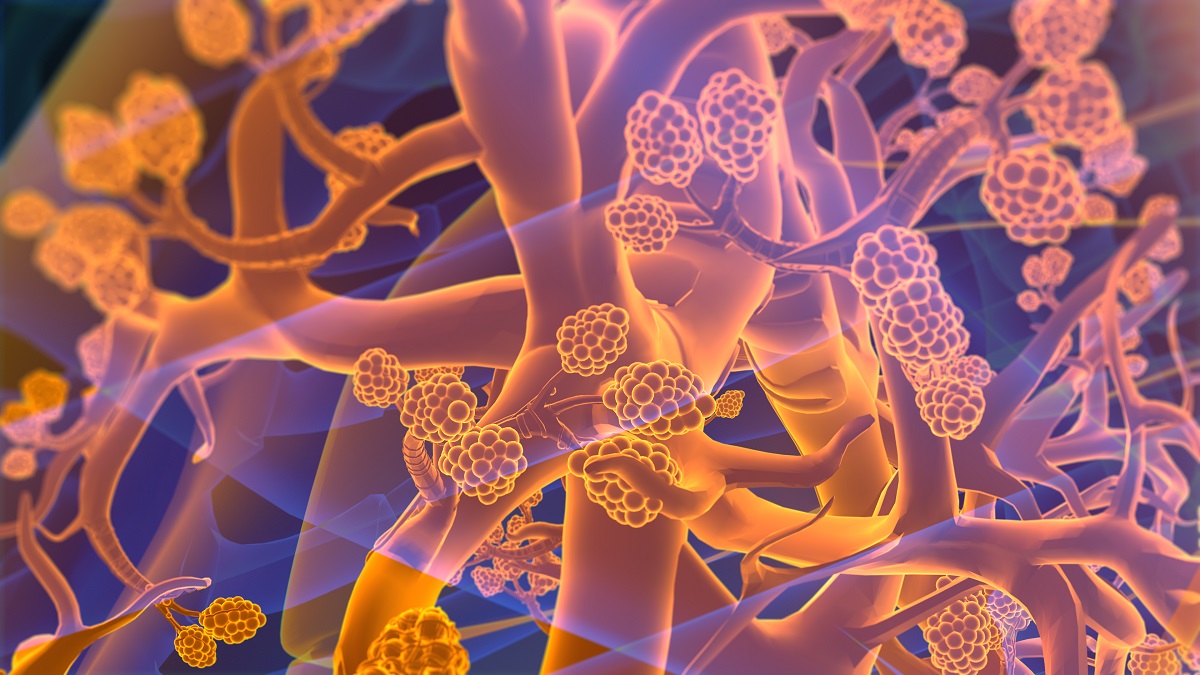KEY TAKEAWAYS
- The study aimed to create a predictive biomarker for immunotherapy efficacy via ML analysis of the TIME.
- Spatial analysis of the TIME using ML predicted immunotherapy efficacy in SCLC patients, affirming its role as a biomarker.
The tumor immune microenvironment (TIME) holds promise as an immunotherapy biomarker in small-cell lung cancer (SCLC), but its assessment presents significant challenges.
Ryota Shibak and the team aimed to devise a predictive biomarker for immunotherapy effectiveness by employing machine learning (ML) to analyze the TIME.
The biomarker analysis was conducted in extensive-stage SCLC patients undergoing chemoimmunotherapy as first-line treatment. The model was trained to forecast 1-year progression-free survival (PFS) using pathological images (H&E, PD-L1) and double immunohistochemical assay (CD8, FoxP3) alongside patient data. The primary outcome was ML models’ mean area under the curve (AUC) in predicting 1-year PFS.
The study analyzed 100,544 patches of pathological images from 78 patients. The mean AUC values for patient information, pathological images, and combined models were 0.789 (range 0.571-0.982), 0.782 (range 0.750-0.911), and 0.868 (range 0.786-0.929), respectively. Patients in the high efficacy group had longer PFS compared to the low efficacy group in all three models (patient information model: HR 0.468, 95% CI [0.287 to 0.762]; pathological image model: HR 0.334, 95% CI [0.117 to 0.628]; combined model: HR 0.353, 95% CI [0.195 to 0.637]).
The ML analysis of the TIME showed superior accuracy compared to human count evaluations (AUC of human count: CD8-positive lymphocyte: 0.681, FoxP3-positive lymphocytes: 0.626, PD-L1 score: 0.567).
The results showed that ML-based spatial analysis of the TIME accurately forecasted immunotherapy efficacy in SCLC patients, affirming its utility as an immunotherapy biomarker. Research was funded by Chugai Pharmaceutical.
Source: https://pubmed.ncbi.nlm.nih.gov/38360040/
Shibaki R, Fujimoto D, Nozawa T, et al. (2024) ‘’Machine learning analysis of pathological images to predict 1-year progression-free survival of immunotherapy in patients with small-cell lung cancer .’’ DOI: 10.1136/jitc-2023-007987



